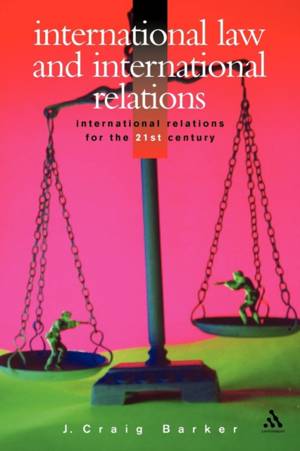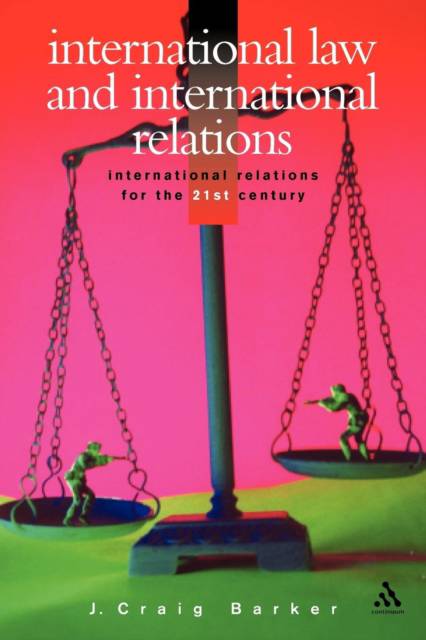
Je cadeautjes zeker op tijd in huis hebben voor de feestdagen? Kom langs in onze winkels en vind het perfecte geschenk!
- Afhalen na 1 uur in een winkel met voorraad
- Gratis thuislevering in België vanaf € 30
- Ruim aanbod met 7 miljoen producten
Je cadeautjes zeker op tijd in huis hebben voor de feestdagen? Kom langs in onze winkels en vind het perfecte geschenk!
- Afhalen na 1 uur in een winkel met voorraad
- Gratis thuislevering in België vanaf € 30
- Ruim aanbod met 7 miljoen producten
Zoeken
€ 186,95
+ 373 punten
Omschrijving
The disciplines of international law and international relations are inextricably linked. Both are concerned with the activities of states and with predicting how states behave and on what basis.For the international lawyer, however, the key concern is the role of the law. On the other hand, political scientists have traditionally regarded international law with skepticism, if not contempt. In recent years new approaches in both disciplines have seen moves towards greater interdisciplinary collaboration. Indeed, at the start of the twenty-first century, theorists from both disciplines are talking actively about the development of a dual agenda of international law and international relations. This means that students of international relations need increasingly to be familiar with the terminology and methodology of international law.This essential introductory text examines the key concepts in international law with a view to illuminating them in the context of international relations. The first part of the book provides coverage of theoretical issues, addressing questions such as: How does international law work? How is international law made? and To whom does international law apply? The second part examines international law in context, focusing on the role of treaties and customary international law, the role of individuals in international law and the legal control of the use of force. It also uses case-study material including an examination of the Pinochet litigation.
Specificaties
Betrokkenen
- Auteur(s):
- Uitgeverij:
Inhoud
- Aantal bladzijden:
- 210
- Taal:
- Engels
- Reeks:
Eigenschappen
- Productcode (EAN):
- 9780826450289
- Verschijningsdatum:
- 22/02/2001
- Uitvoering:
- Paperback
- Formaat:
- Trade paperback (VS)
- Afmetingen:
- 155 mm x 231 mm
- Gewicht:
- 294 g

Alleen bij Standaard Boekhandel
+ 373 punten op je klantenkaart van Standaard Boekhandel
Beoordelingen
We publiceren alleen reviews die voldoen aan de voorwaarden voor reviews. Bekijk onze voorwaarden voor reviews.









